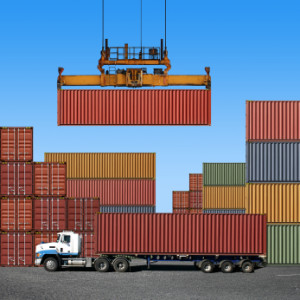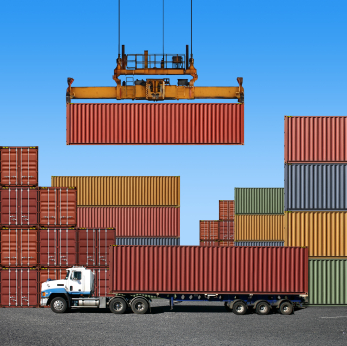 The Philippine government is eyeing higher charges for overstaying containers, in a move designed to force cargo owners to pull out such boxes from congested Manila ports.
The Philippine government is eyeing higher charges for overstaying containers, in a move designed to force cargo owners to pull out such boxes from congested Manila ports.
In a statement, the Philippine Ports Authority (PPA) said it will be “sending Customs-cleared and overstaying cargoes out of Manila ports to… drastically reduce the number of laden containers at the Manila International Container Terminal (MICT) and Manila South Harbor”.
Excluded from the potential “eviction of cargoes are rice shipments and questionable cargoes,” PPA said.
“This week, I will be writing the two port operators to identify and inform owners of customs-cleared cargoes as well as owners of non-customs-cleared cargoes staying at the ports beyond 60 days to get (their boxes) within 5 days upon receiving notices, otherwise, (they) will be shipped out of Manila,” PPA general manager Juan Sta. Ana said.
“Bringing their cargoes back to Manila will be at their own expense,” he added.
“With the congestion, we have no choice but to come up with the best available ways to clear our ports,” the PPA chief said.
Bureau of Customs Public Information and Assistance Division chief Charo Logarta-Lagamon told PortCalls in a text message, “It’s okay to transfer containers as long as they’re cleared by BOC.”
The containers will be stored in any of Subic’s two container terminals, at Batangas Port or at the 21-hectare International Container Terminal Services, Inc facility in Cabuyao, Laguna, PPA said.
Cargo owners may still opt to store their containers within MICT or South Harbor “but will need to pay extra penalty,” Sta. Ana said, noting that “from the 6th to 15th day after a box is cleared with Customs, containers will be fined heavily.”
The agency noted that storage of boxes inside ports even after the free storage period is a common practice among cargo owners due to the limited capacity of depots.
The Customs and Tariff Code of the Philippines allows importers to clear their cargoes within 30 days upon their arrival with a 15-day grace period provided the importer files for release before the 30-day period lapses, PPA pointed out.
PPA offers free five-day storage for cargoes but levies a penalty for each calendar day or a fraction thereof beyond the free storage period.
The PPA statement on overstaying containers potentially facing higher charges dovetails with what Trade Undersecretary Victorio Mario Dimagiba earlier told the Chamber of Customs Brokers, Inc (CCBI). In response to CCBI queries on what government is doing about port congestion, Dimagiba in a letter said government is looking at increasing “port fees if more than five days in the port, e.g. P5,000/day.”
PPA noted there are currently “8,000 to 12,000 containers at Manila ports, a combination of customs-cleared, non-customs-cleared and overstaying cargoes beyond 60 days.”
Yard utilization
Meanwhile, the agency said port congestion is now easing.
As of August 1 MICT yard utilization was down to 89% while South Harbor’s empty container depot was at 89% and its laden depot at 88%, according to the PPA. This compares with the average all-time high yard utilization of 110% in June.
PPA said both terminal operators estimated that utilization will be “reduced by 1% to 2% weekly”, taking about “three to four months before reaching optimum yard utilization level of 70 to 80%.”
It added, “The number of ships waiting at anchorage has also been reduced to nine from a high of 14 recorded in June.”
Following various measures put in place to clear the backlog caused by the Manila truck ban, PPA said it expects “drastic improvements” on the port front by August 15.
The Philippine Economic Zone Authority last week opened its off-dock container depot for empties in Cavite located just at the end of the Cavite Expressway. The 3.2-hectare facility, operated by private container depot operator IRS Eastern, Inc., can house approximately 4,500 empty containers. The facility will initially handle empties of PEZA locators from the Cavite-Laguna-Batangas-Rizal-Quezon (Calabarzon) economic corridor and eventually other shippers from south of Manila. – Roumina Pablo





